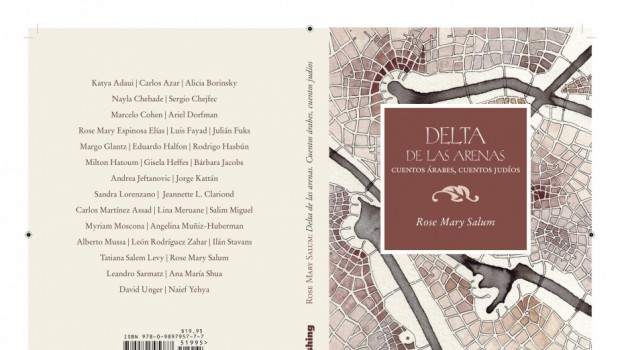Best of Contemporary Mexican Fiction
Debra D. Andrist
 Álvaro Uribe, ed., & Olivia Sears, trans. ed.
Álvaro Uribe, ed., & Olivia Sears, trans. ed.
Best of Contemporary Mexican Fiction,
Champaign, III. & London,
Dalkey Archive Press, 2009.
A rare opportunity for the even moderately bilingual reader to compare and contrast the original work in Spanish side-by-side with a translation into English, outside of academic textbook anthologies, the 16-story Best of Contemporary Mexican Fiction also features a bilingual preface and introduction and but English-only short biographies of both the authors and the translators. All four of the nonstory components offer insights into the context and content of the stories to readers of all linguistic abilities, literary preparations and cultural perspectives. Further, the anthology easily functions as an introduction to all the contexts for the reader unfamiliar with them, i.e., the monolingual English-speaker and/or the non-literary reading public, especially from outside the Latin American literature scene.
As the Uribe notes in his introduction, he has semi-arbitrarily arranged the stories in reverse chronological order of their birth years, all post-1945 (a frequently-quoted date as the beginning of that quintessentially-Latin American literary genre of magical realism). But, as he reiterates, he did not choose the authors for that reason nor are the stories limited to that genre. Rather, the authors’ production and prowess as literary prize winners motivated his invitation to each to submit two stories, from which he chose one each. While he places the writers within the greater context of the literary generations of Mexican short story writers, especially for the uninitiated reader, he also emphasizes the differences among the authors in terms of techniques and elements.
Yet, a two-pronged theme more than arbitrarily ties the stories together as a thread running through them. Uribe mentions one of them, but only in reference to one obvious story, Ana García Beltrán’s “The Preservers,” which recalls the refusal of the real-life Spanish queen, Juana la Loca (Joan the Crazy), to bury her dead consort, Felipe el Guapo (Phillip the Handsome). That citation refers to the Mexicans’ paradigmatic fascination with death (XXV), a concept so well-defi ned and detailed in the famous Labyrinth of Solitude by Mexican Nobel Prize winner, Octavio Paz. Even if unconsciously, Uribe’s selections have been guided by the ubiquitousness of physical or metaphorical death as a theme.
Half of the stories deal with physical death. For example, Álvaro Enrigue’s “Death of the Author” is predicated upon the murder of an entire indigenous people and the death-by-modern-illness of the last survivor. Eduardo Antonio Parra’s “Requiem,” is set upon the natural death and funeral of a paradoxically- beloved prostitute in a small town. “Questioning Samantha,” by Guillermo Fadanelli, more than hints that the death of her mother led to Samantha’s predicament, recalling how the lack of a mother’s guidance leads to the young lady’s downfall in Siglo de Oro Comedia (Golden Age theatre). “Sheri-Sade” by Rosa Beltrán recalls the efforts of the protagonist to cheat the death inherent in Scheherazade, remembering that the Arabic cultural tradition informed that of the Iberian Peninsula for nearly a thousand years. Fabio Morábito’s “Crosswords” ends with the death of a sister and murder by rat poison ends Francisco Hinojosa’s “The Muted Mouth.” The death of a son in a graveyard baring his soul at his dead father’s grave is the plot of “Hammering Away” by Hernán Lara Zavala. And, the threat of death by spider or mercy-murder ends Hector Manjarrez’s “The End of the World.”
Metaphorical death, that of a relationship, whether of lovers or friends, bridges the gap to the rest of the stories. For example, the first story in the anthology, but the last written, “Lukin’s Bed,” by Vivian Abenshushan, deals with serial divorce and Cristina Rivera- Garza wrote “Nostalgia” about a wife’s realization that her marriage was never “alive.” And, so on…
Thus, Uribe and Sears have done even more than they purport with this volume: they have provided numerous and extensive insights into multiple perspectives of Mexican short story, as well as of the so-called Hispanic literary and cultural traditions!
Posted: April 17, 2012 at 8:04 pm









